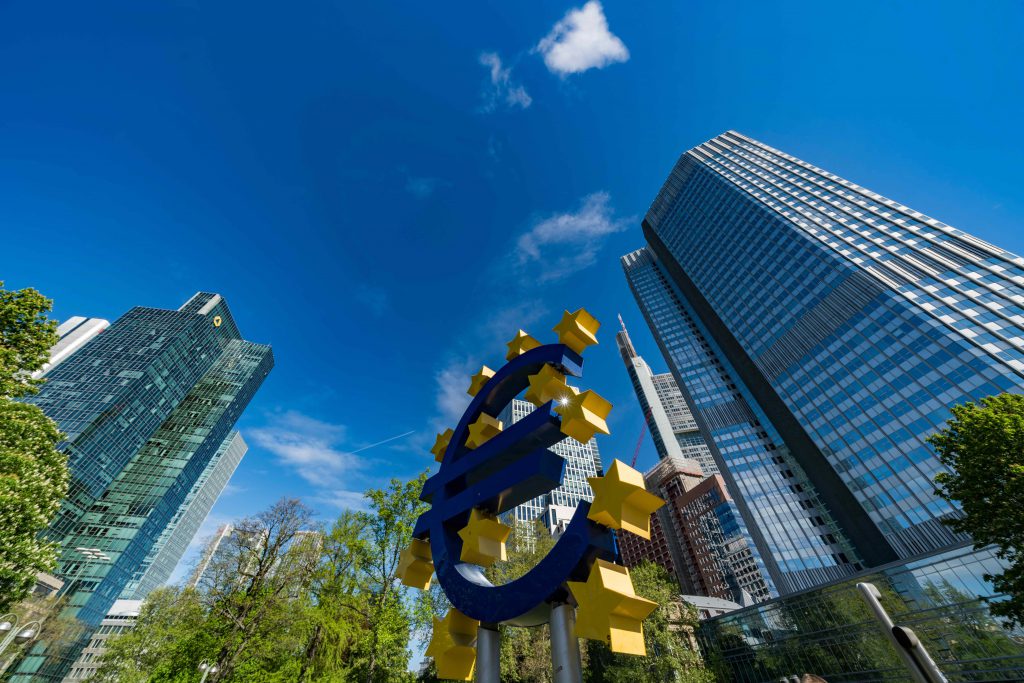The European Central Bank (ECB) has made headlines with its recent decision to adjust its interest rates. While the move was anticipated by many, the subtlety of the change has sparked discussions among financial experts and economists alike. The ECB’s decision was influenced by two primary factors: inflation and the current state of economic growth.

A Moderate Increase to Tackle Inflation
In its latest move, the ECB raised its benchmark interest rates by 0.25 percentage points. This increase, though significant, is more moderate compared to previous adjustments. As a result, the ECB’s interest rates now range between 3.25% and 4%, marking the highest level since October 2008.
This decision to raise rates, albeit moderately, underscores the ECB’s commitment to controlling inflation. Inflation, if left unchecked, can erode purchasing power, destabilize economies, and create uncertainty in financial markets. By adjusting interest rates, central banks like the ECB can influence borrowing costs, thereby affecting consumer spending and business investments.
End of the Tightening Cycle?
The restrained nature of this rate hike has led some analysts to speculate that the ECB might be approaching the end of its current monetary tightening cycle. Such cycles typically involve a series of interest rate increases aimed at curbing inflation and stabilizing the economy. The question on many minds is whether this latest move signals the culmination of the ECB’s ongoing efforts to rein in consumer price surges.
However, the ECB’s official statement remained ambiguous on this front. It did not explicitly confirm whether this adjustment marks the end of the unprecedented monetary tightening cycle.
Implications for Borrowers and Investors
By making borrowing more expensive, the ECB aims to temper the demand for various types of loans, including mortgages, consumer loans, and business investments. This strategy is designed to slow down price increases, ensuring a more stable economic environment.
For potential homeowners, this could mean slightly higher mortgage rates, making it more costly to finance a home purchase. Consumers might also find personal loans and credit card rates inching up. On the business front, companies might face higher costs when seeking capital for expansion or other investments.
Looking Ahead: The European Economic Landscape
While the ECB’s decision provides some insights into its current economic assessment, it also raises questions about the future. How will European economies adapt to these changes? Will there be further rate hikes, or has the tightening cycle truly reached its zenith?
For consumers and businesses alike, it’s essential to stay informed and prepared. Those considering major financial decisions, such as buying a home or making significant business investments, should closely monitor the ECB’s actions and statements in the coming months.
Furthermore, investors should also be on the lookout for potential opportunities. While higher interest rates can impact borrowing costs, they can also lead to higher returns on interest-bearing assets like savings accounts and bonds.
Conclusion
The European Central Bank’s recent interest rate adjustment, though moderate, carries significant implications for the European economy and its participants. As the ECB navigates the challenges of inflation and economic growth, its decisions will undoubtedly shape the financial landscape for years to come. Staying informed and understanding the broader context of these changes will be crucial for individuals and businesses aiming to thrive in this evolving environment.

 Open Immovlan
Open Immovlan